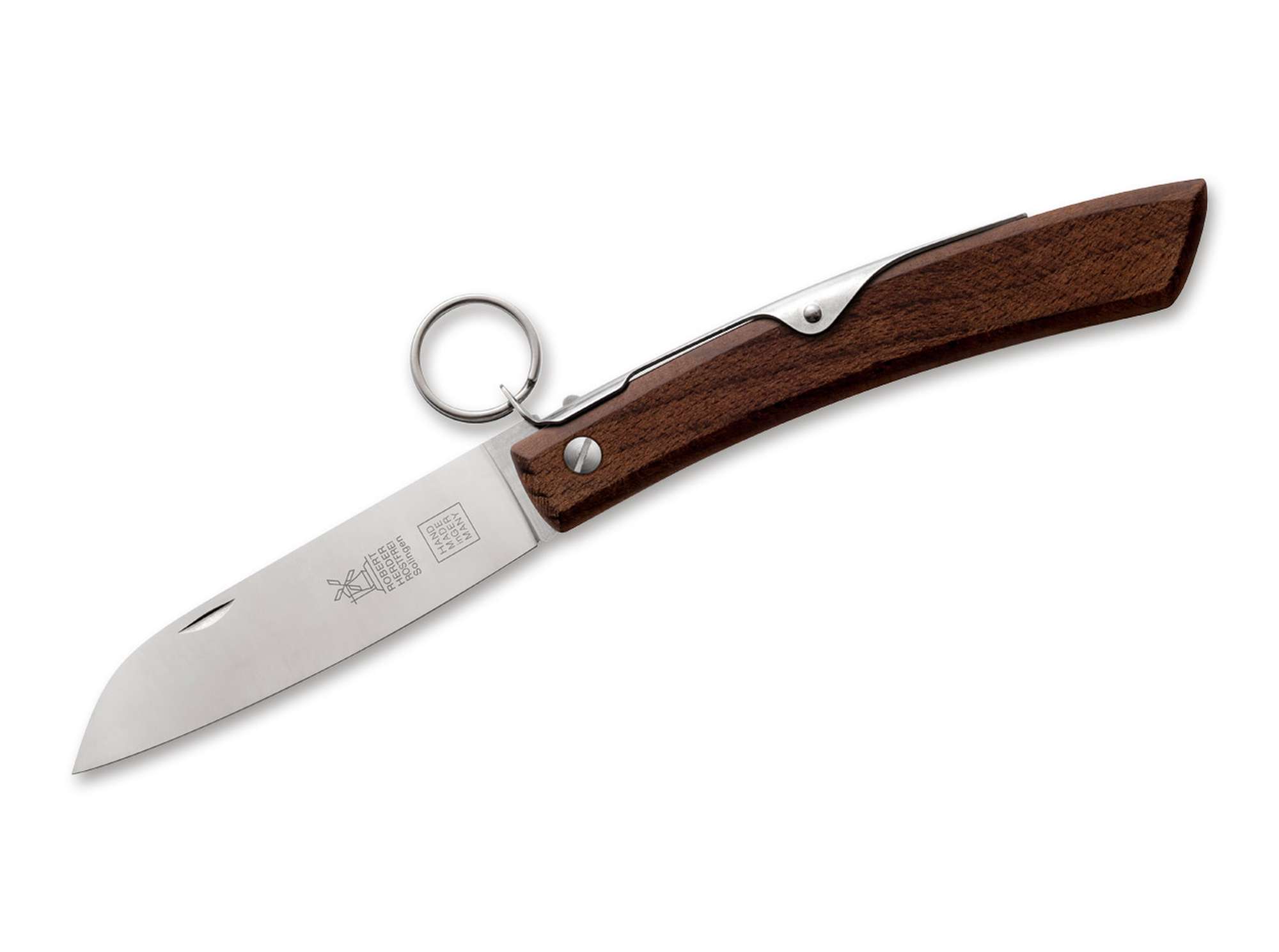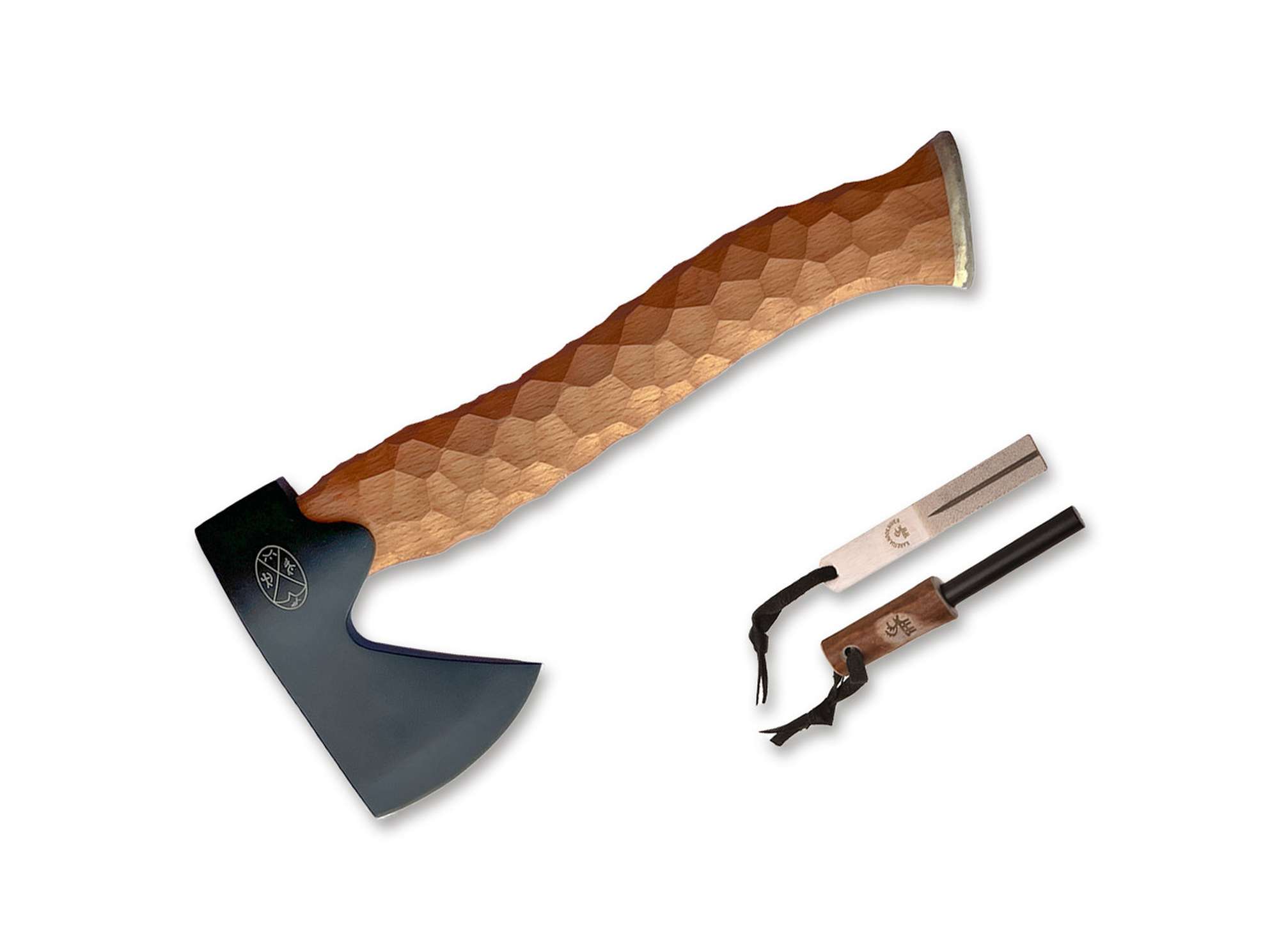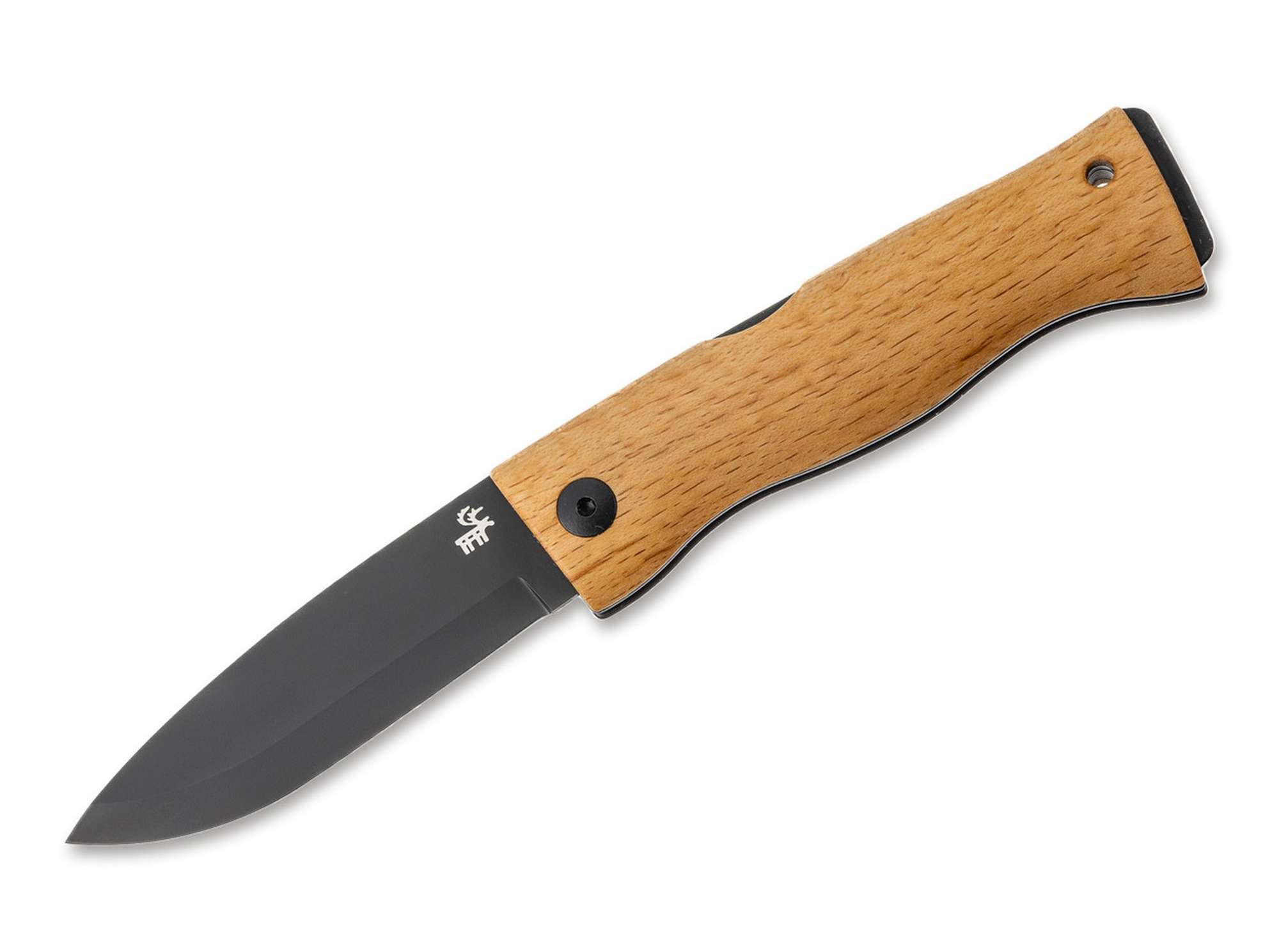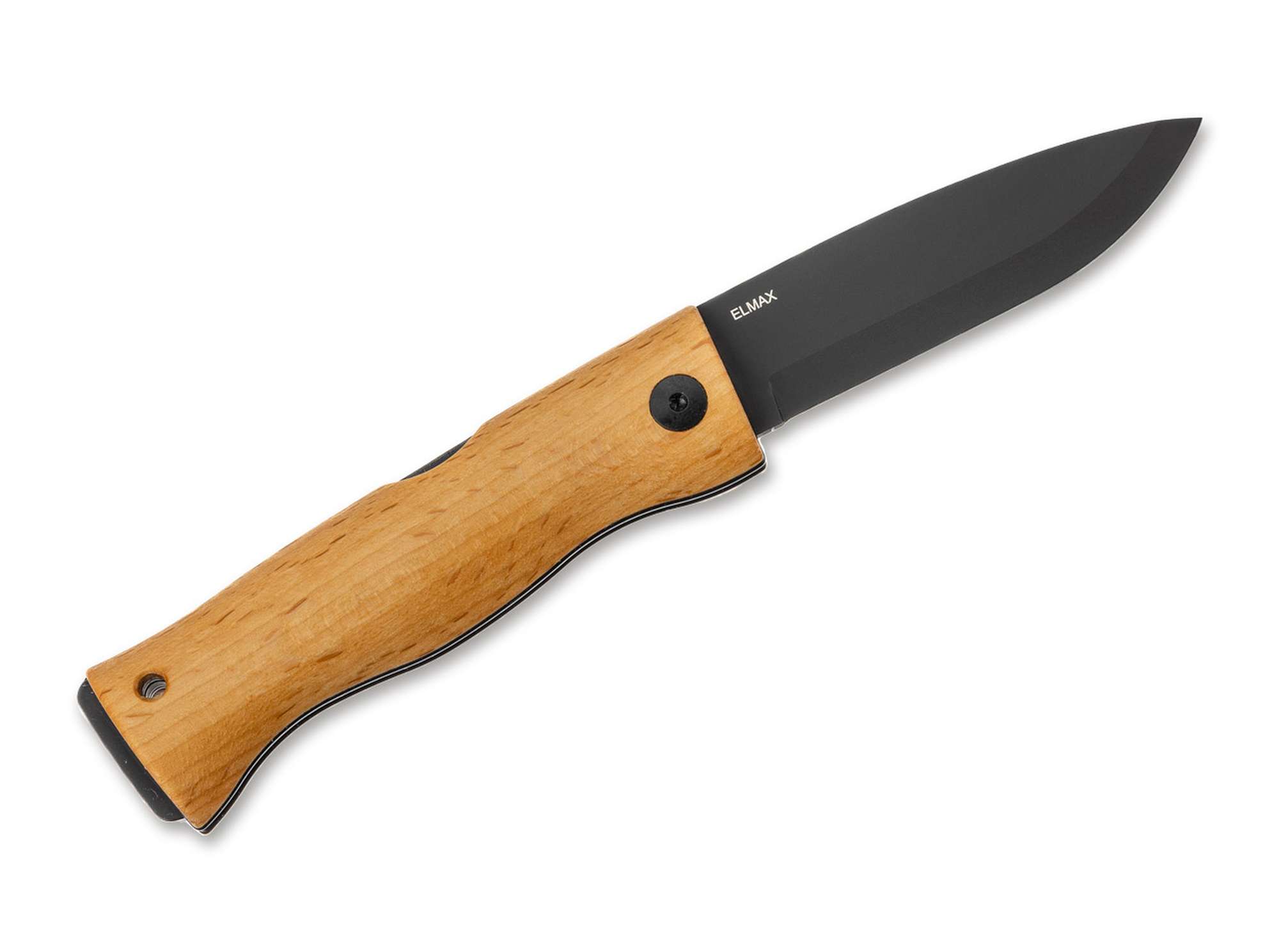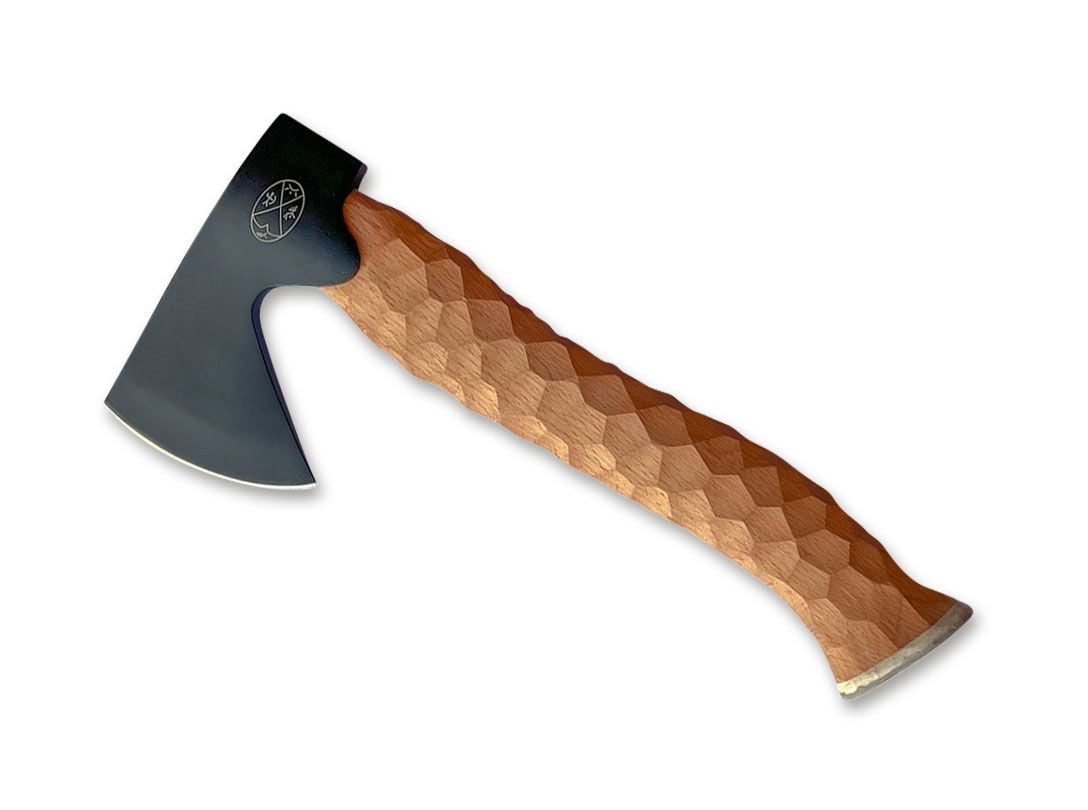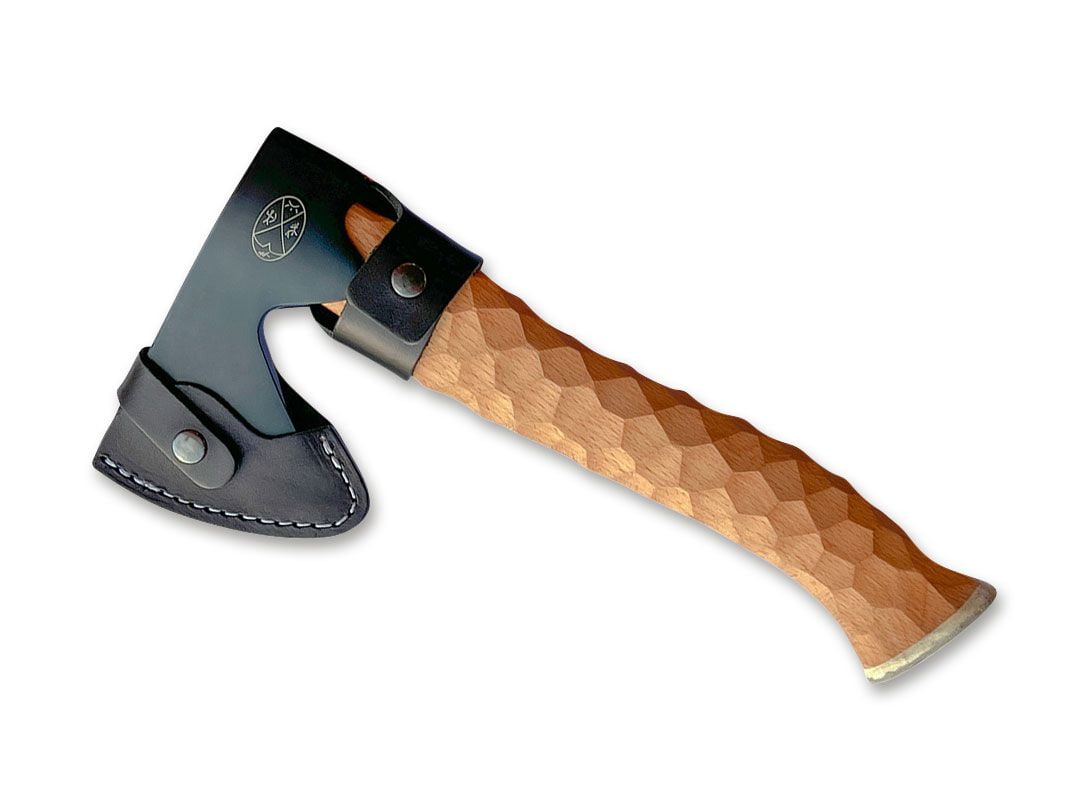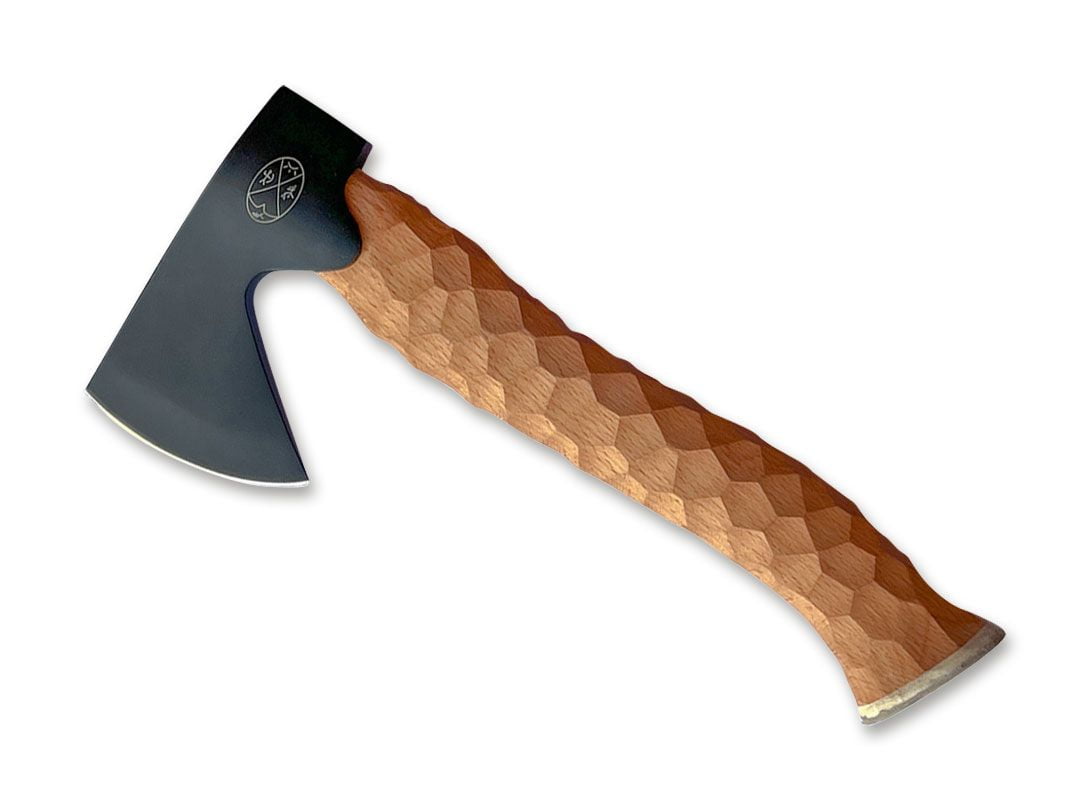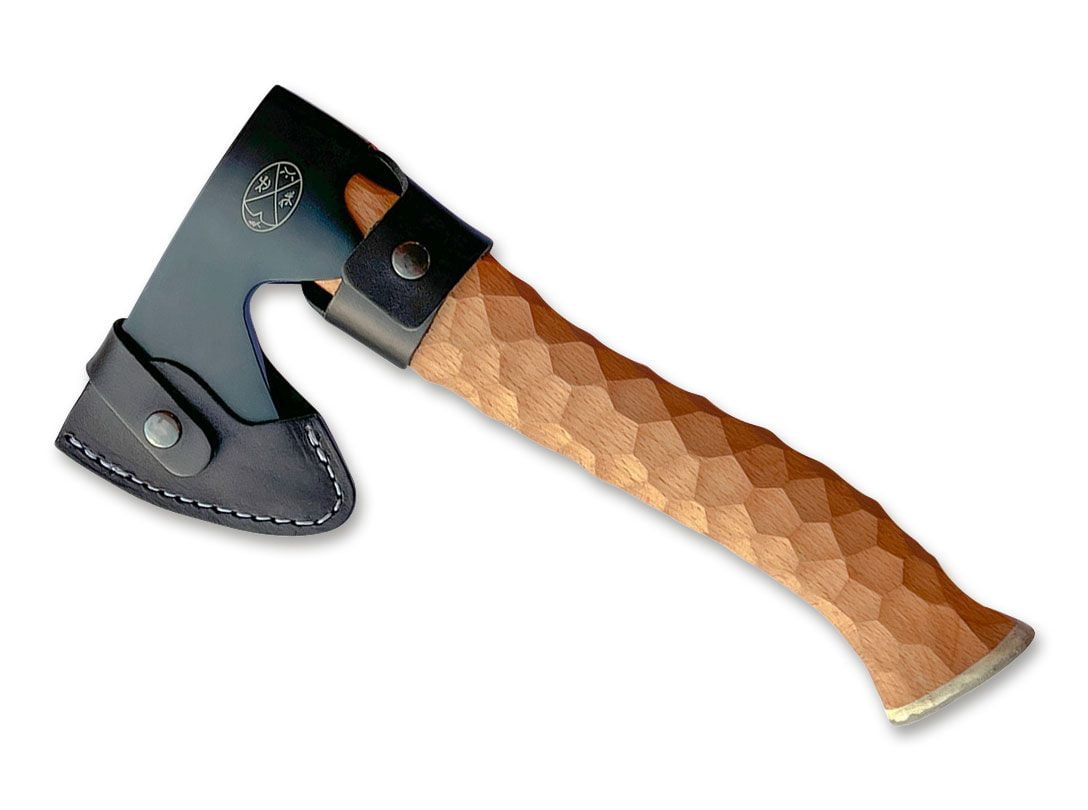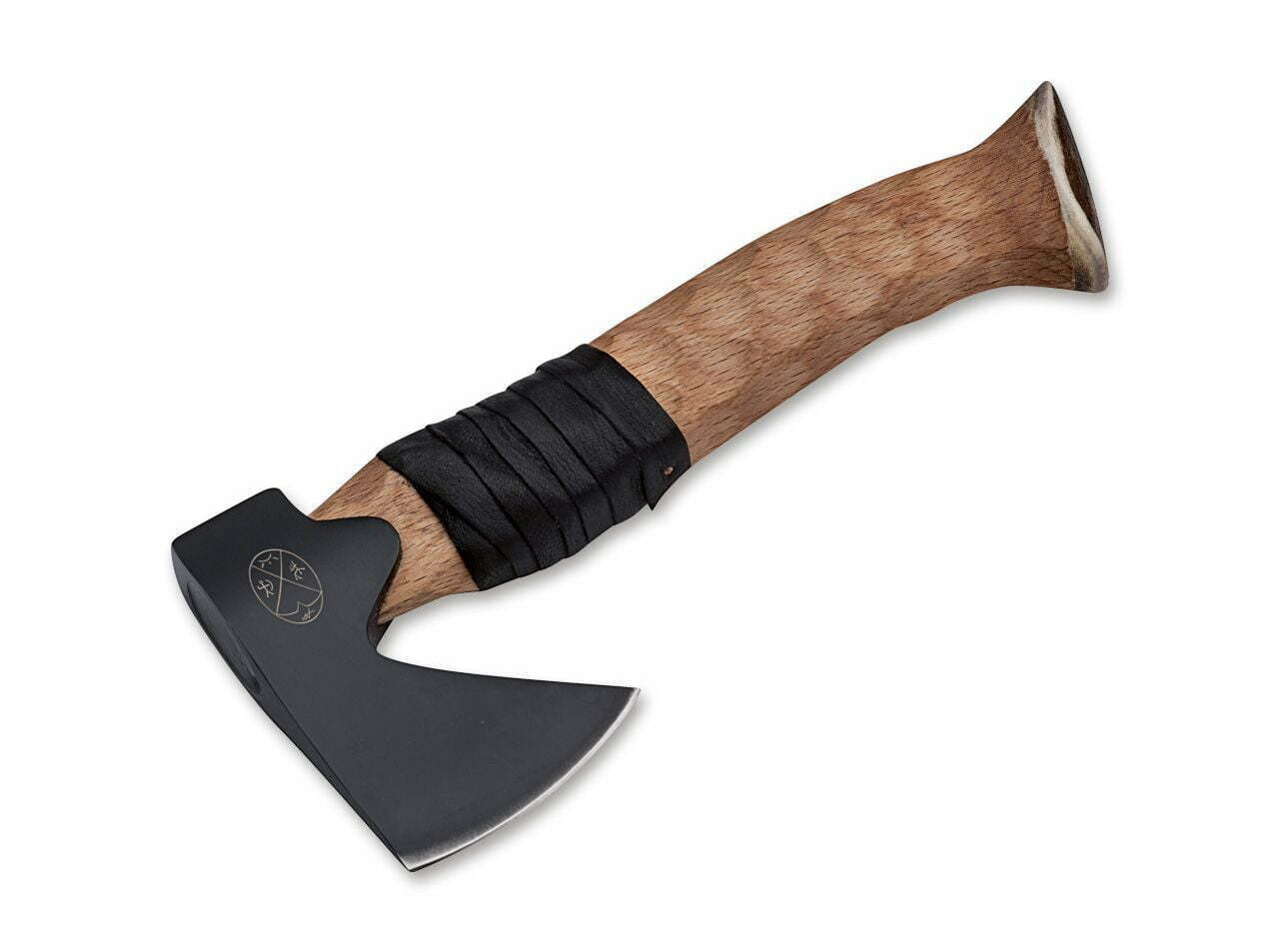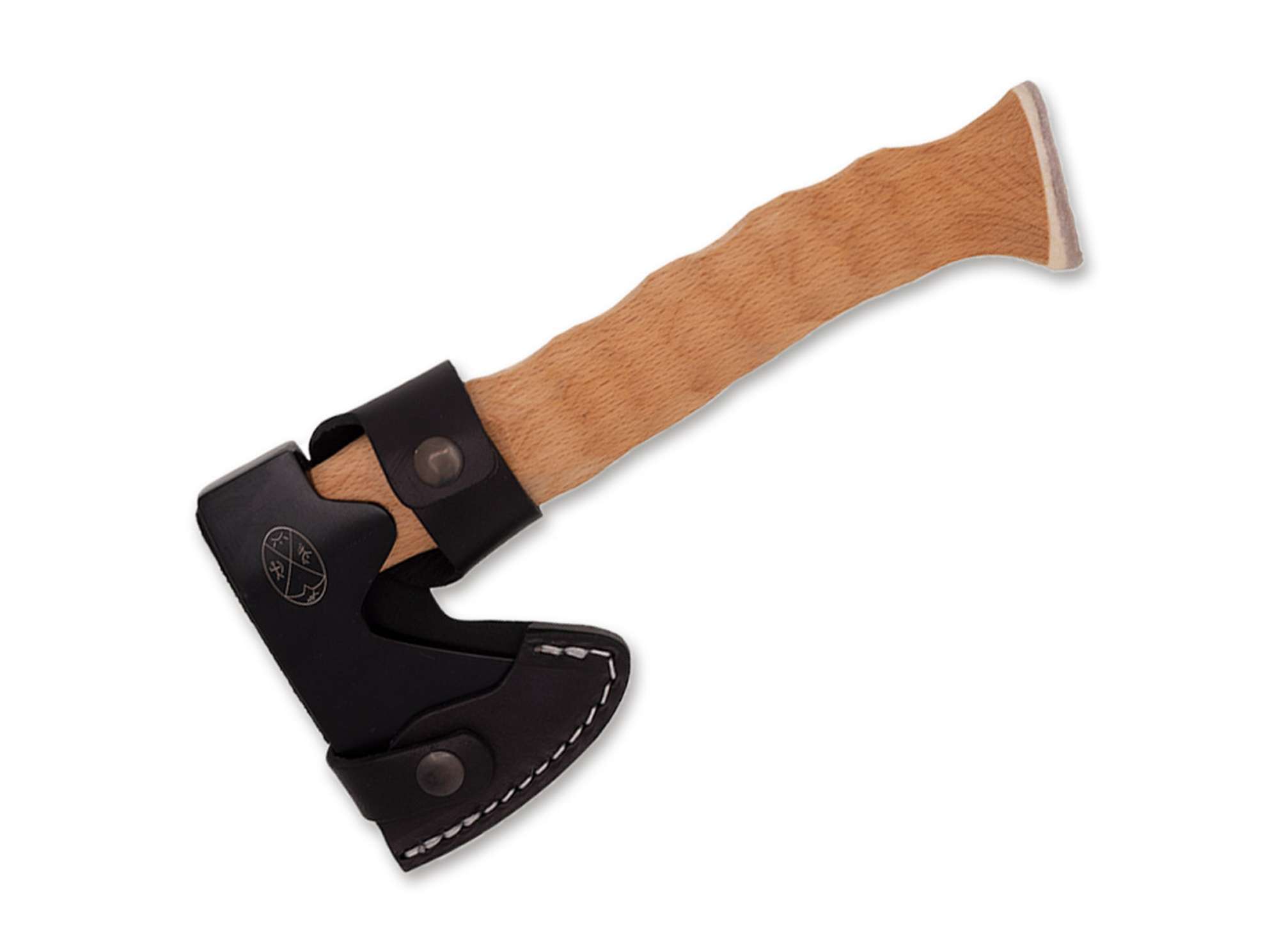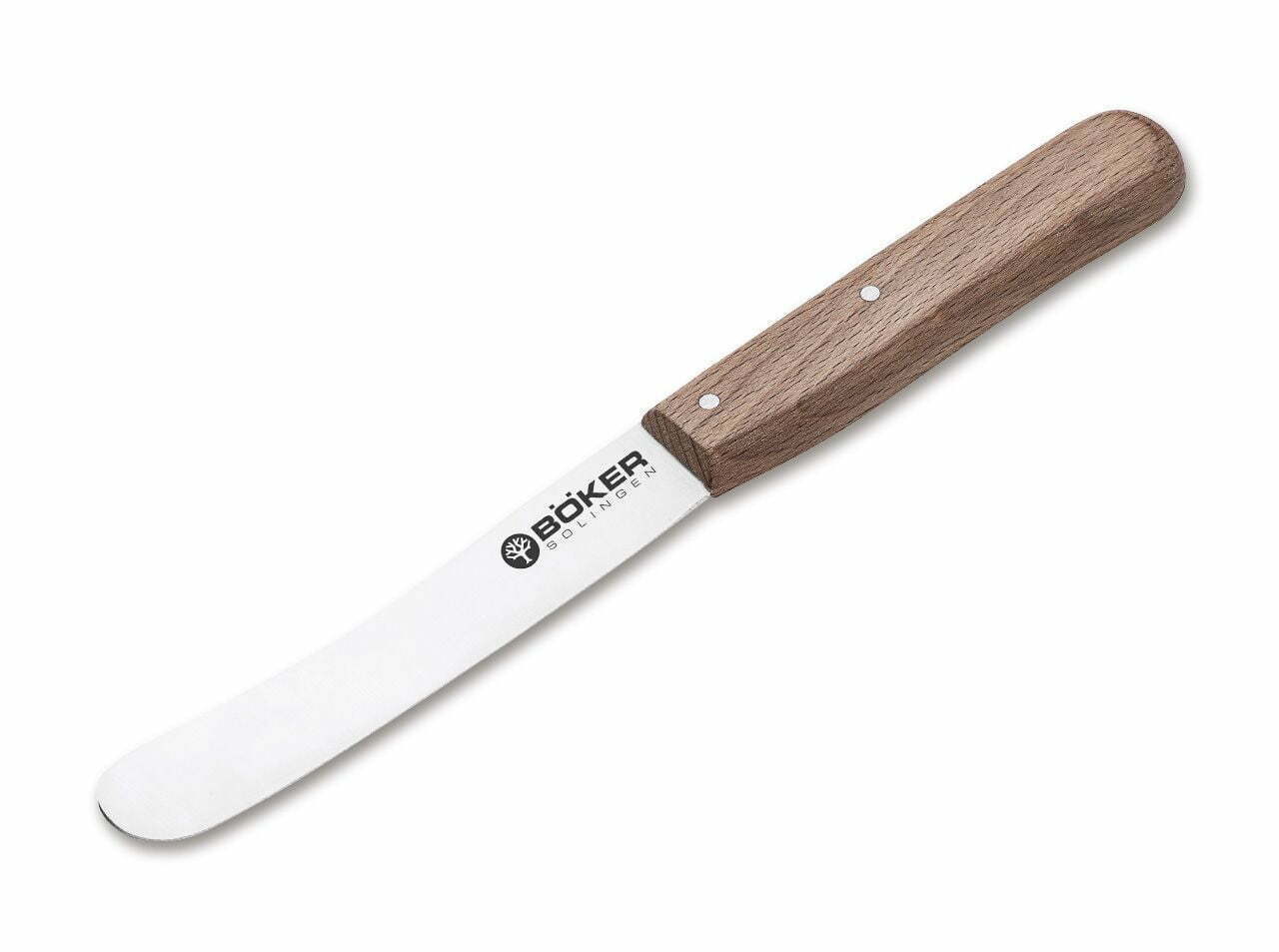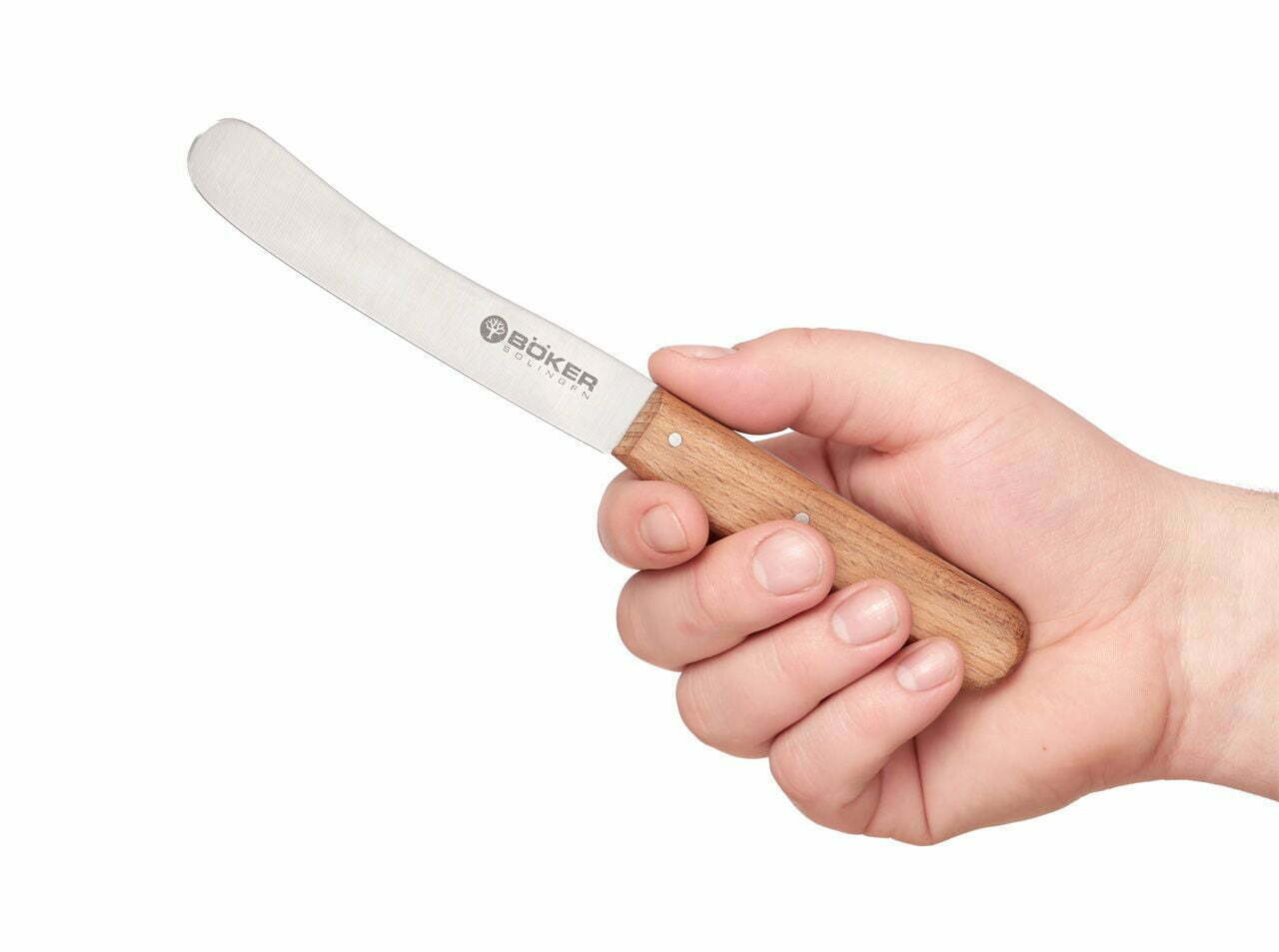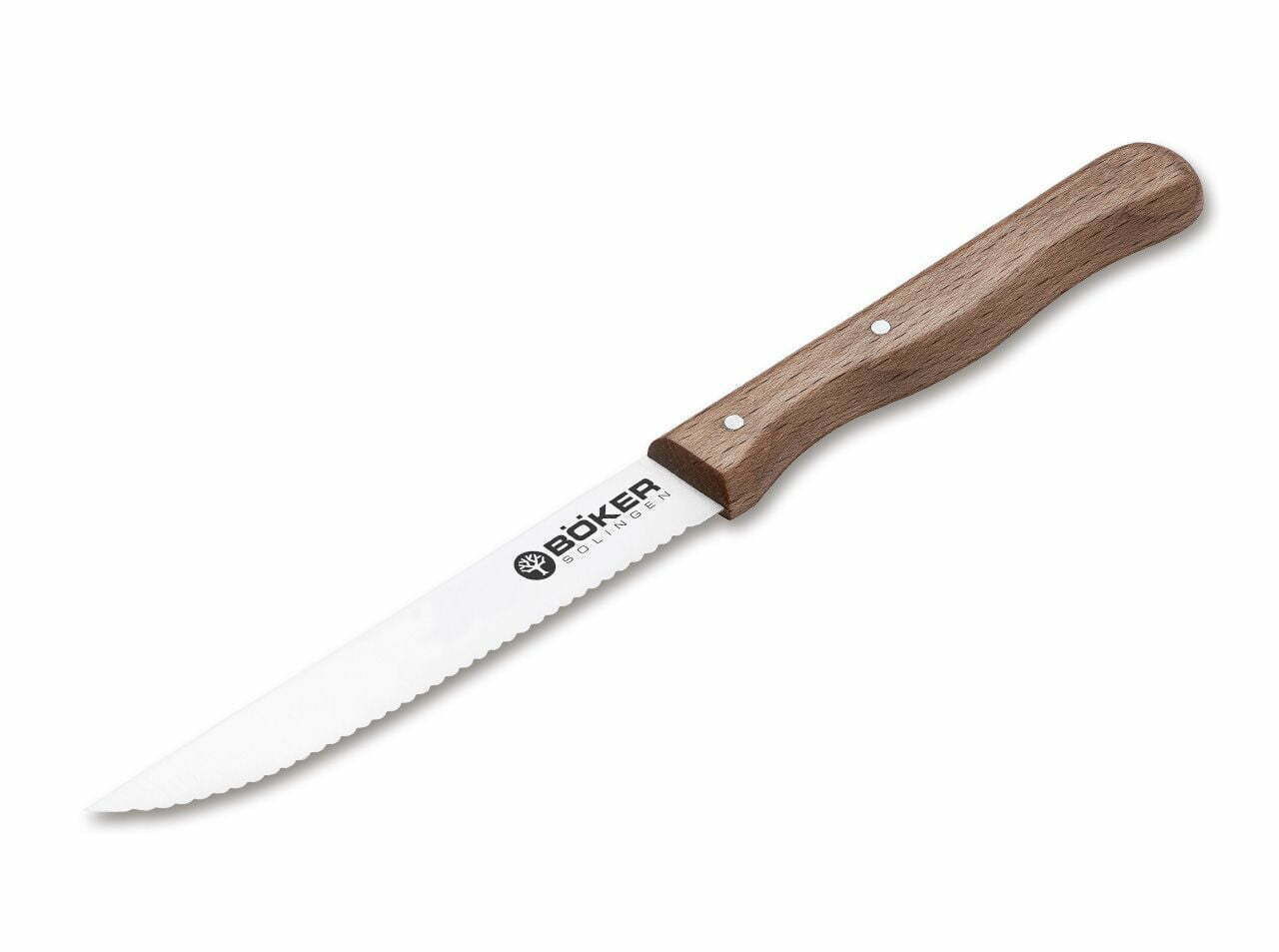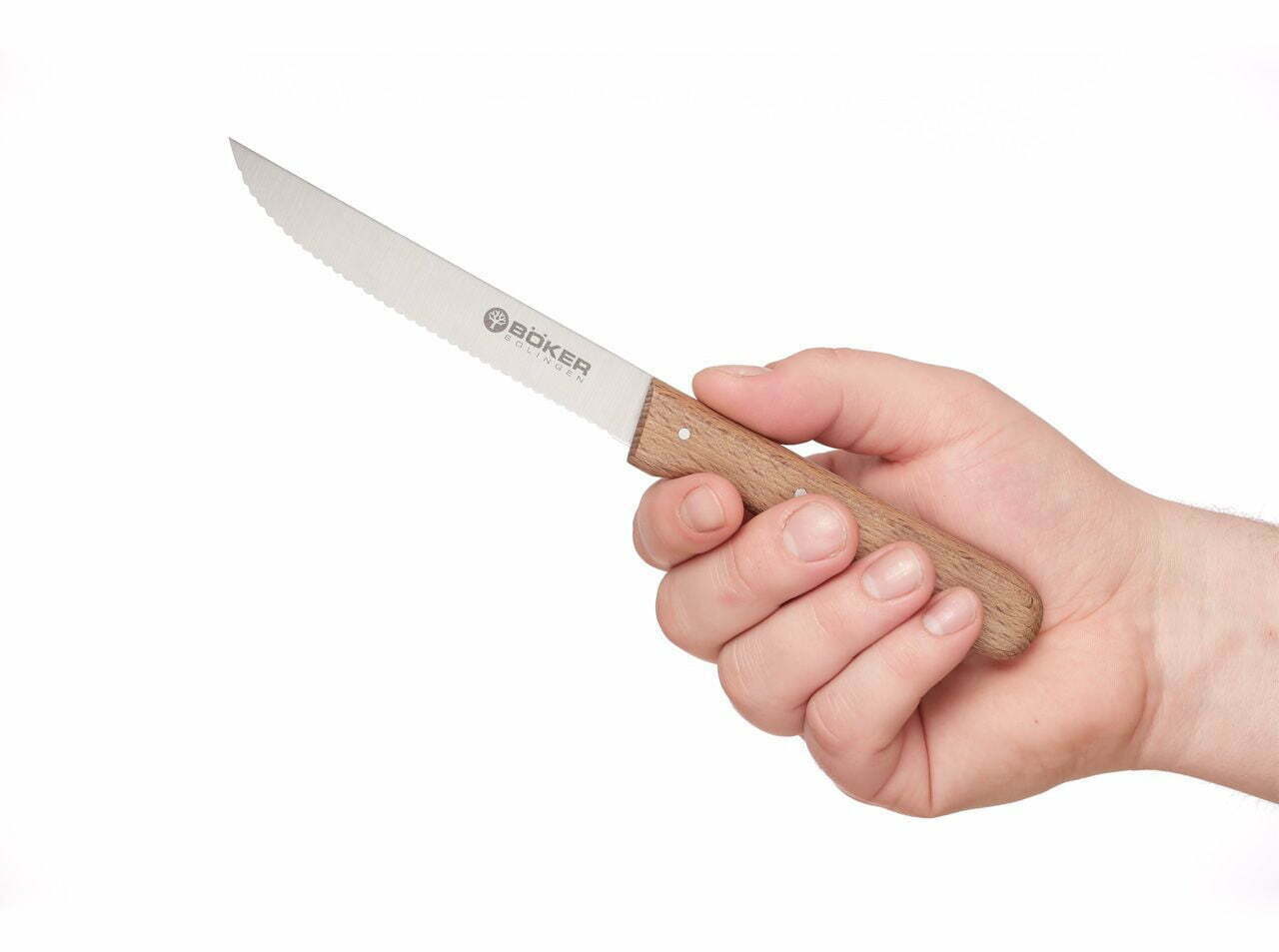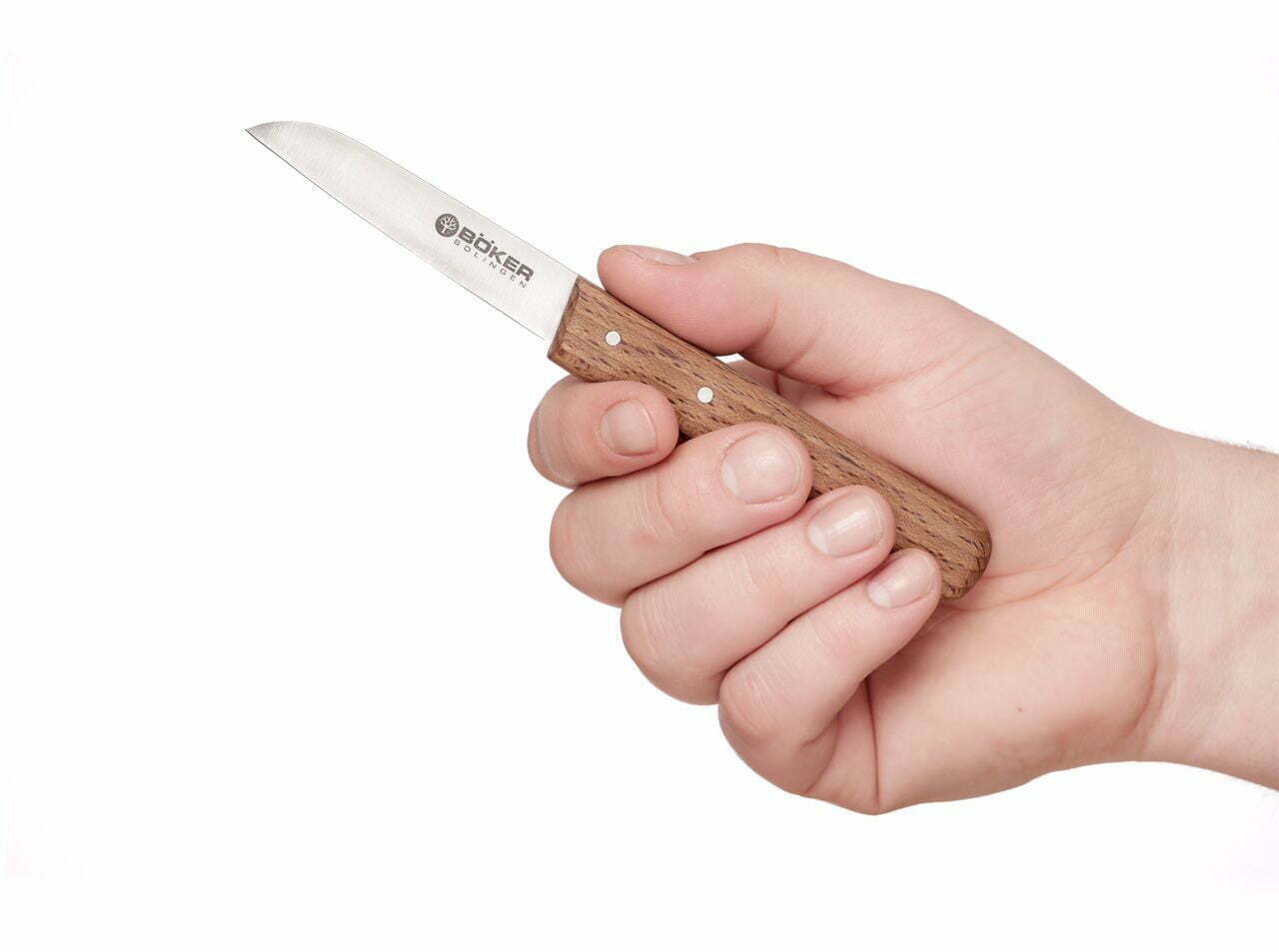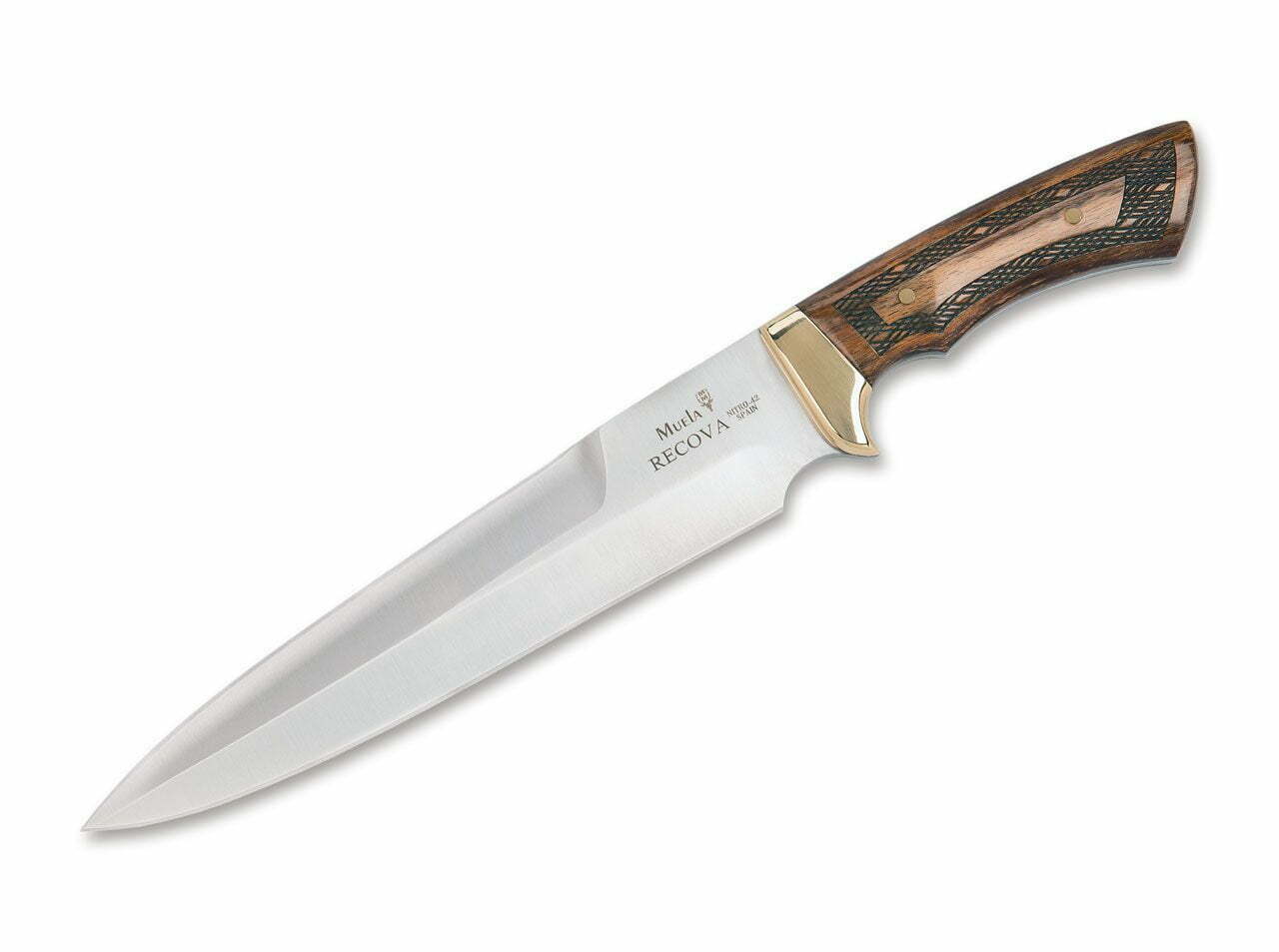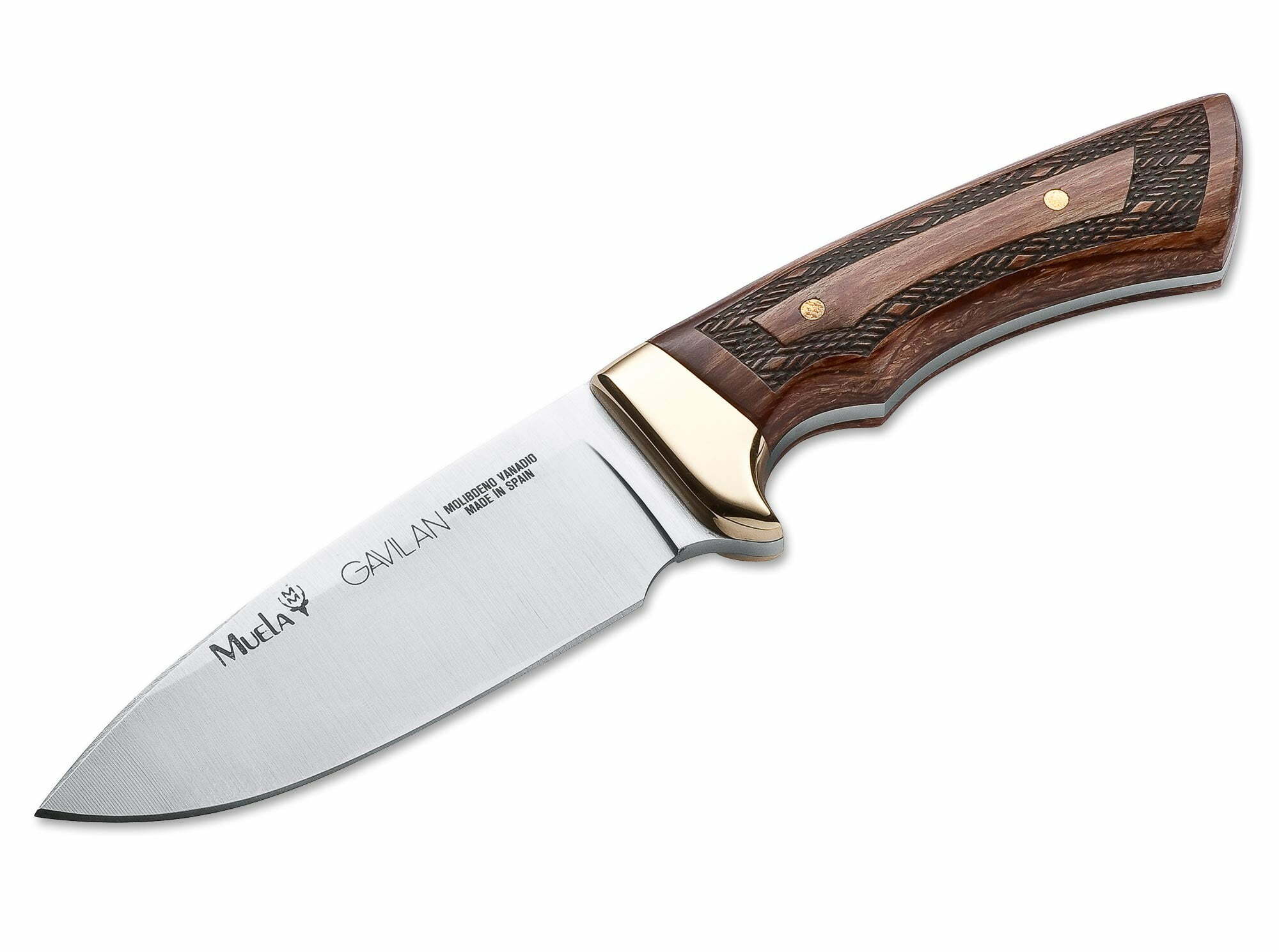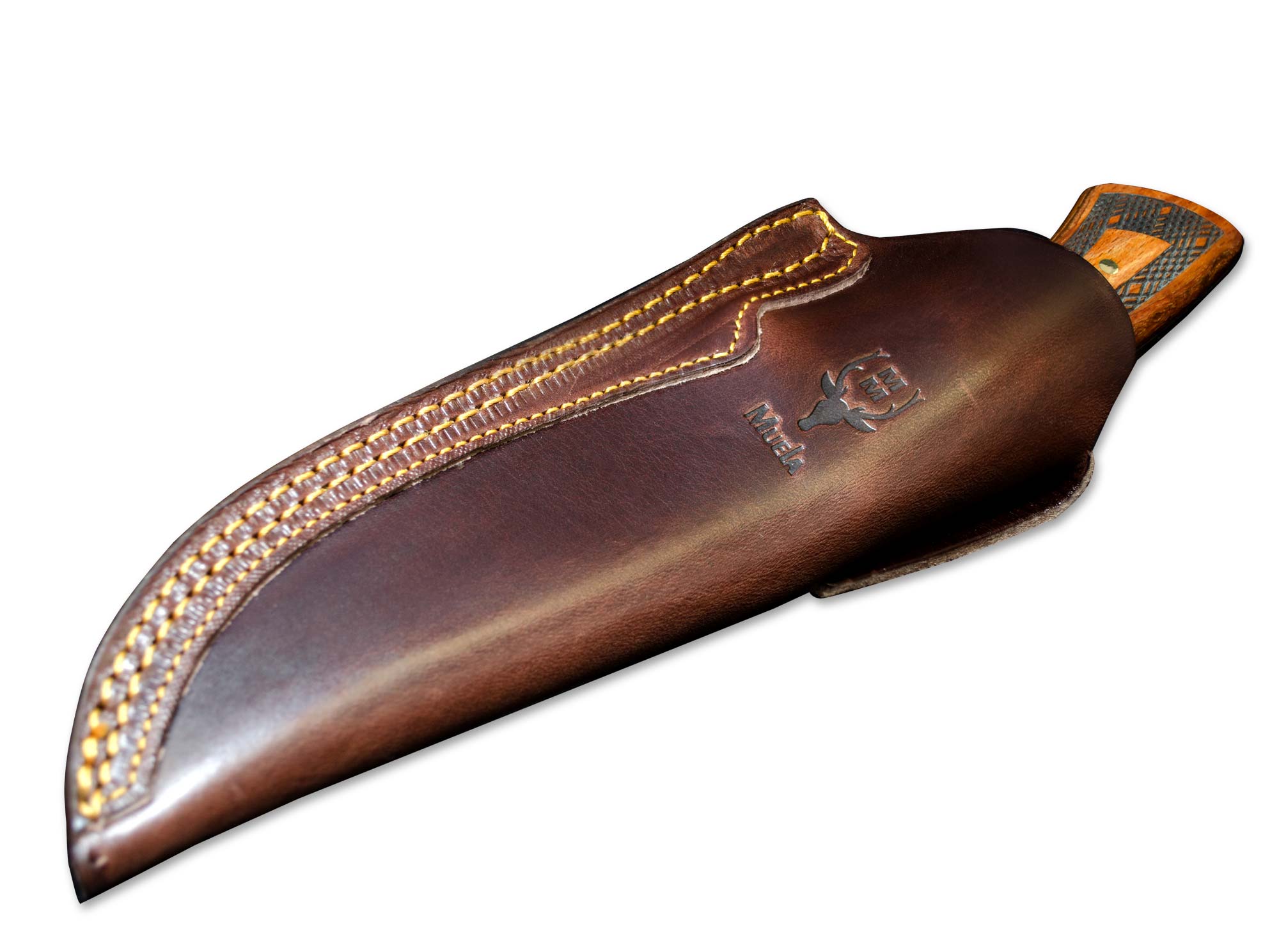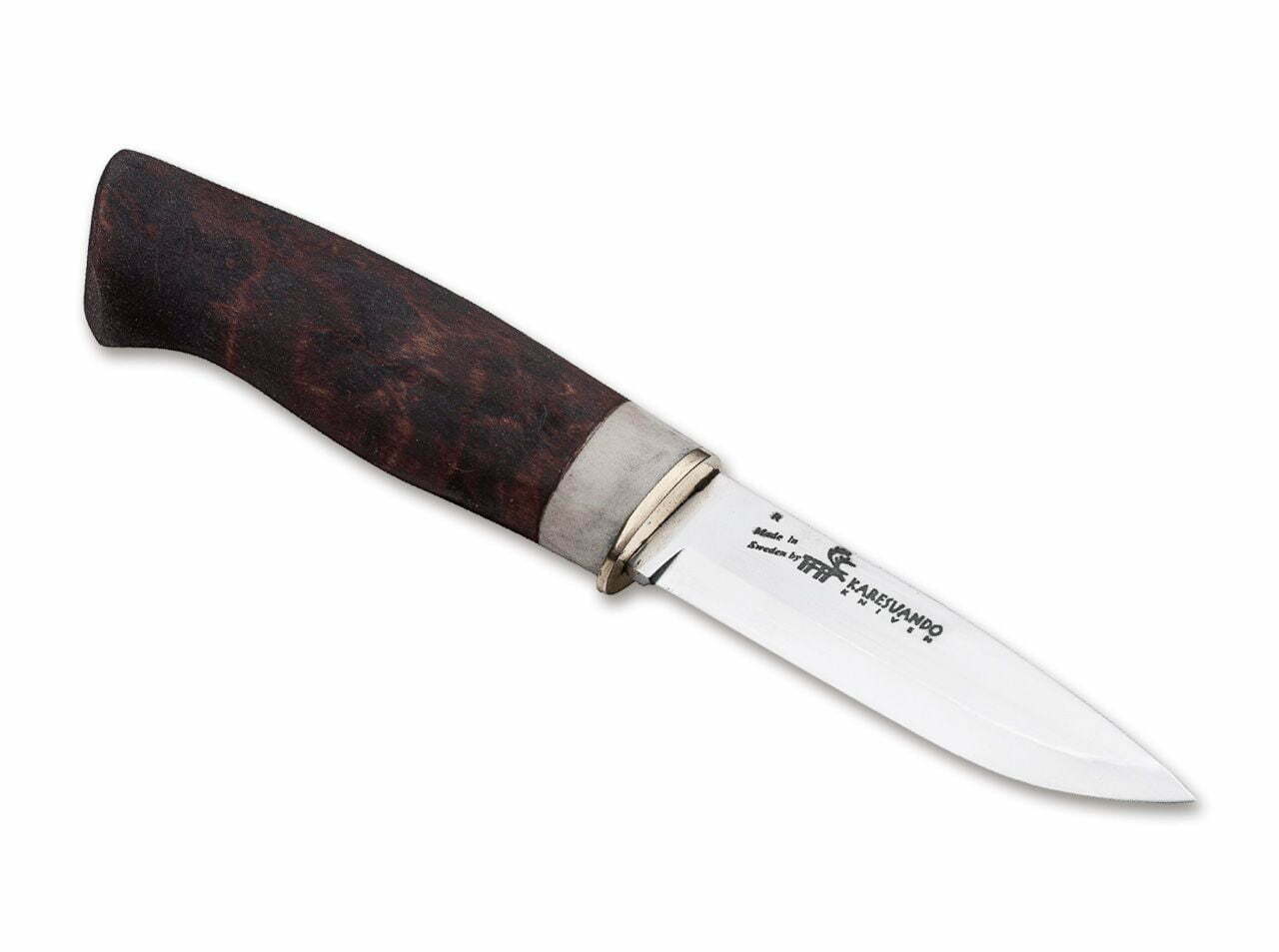The beech wood used to make handle scales for knives usually comes from the common beech. The Latin name of this tree is Fagus sylvatica. All beech species can be found in the temperate climate zones of America, Europe and Asia. They prefer mild winters and cool, wet summers.
The common beech used in handle scale production mostly grows in Central and Southeast Europe. In Germany, it is the deciduous tree with the widest distribution. The wood of this beech species has a reddish hue. Common beeches grow up to 30 meters tall, a few even reaching 40 meters. Their branchless trunks are between 15 and 20 meters long and reach a diameter of 0.5 to 1 meter. At 0% moisture, the wood of the common beech has a density of 0.49 g/cm³ to 0.88 g/cm³, which is high to very high. Beech wood shrinks a lot in the drying process and tends to crack or warp. It needs to be dried slowly and carefully.
Beech wood has low dimensional stability. In changing environmental conditions or with the impact of tensile or compression forces, the wood is relatively easy to expand or shrink. Dried beech wood can be worked with all conventional tools. However, it is susceptible to fungal and insect infestations and is not weatherproof. The sapwood and heartwood of the common beech are difficult to tell apart.
The heartwood, which is used to make handle scales, has a light grey to reddish hue. It darkens over time. Beech wood has many fine pores. Apart from handle scales, beech wood is also used in construction, e.g. for stairs and parquet flooring, body construction and in the production of barrels, tool benches, tool parts and furniture.
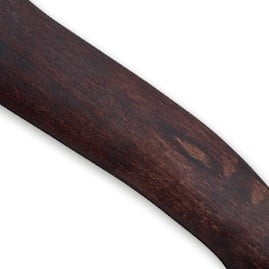
Showing all 12 resultsSorted by popularity
-
Brand: Karesuando

-
Brand: Böker Manufaktur Solingen

-
Brand: Böker Manufaktur Solingen

-
Brand: Böker Manufaktur Solingen

-
Brand: Muela

-
Brand: Muela


